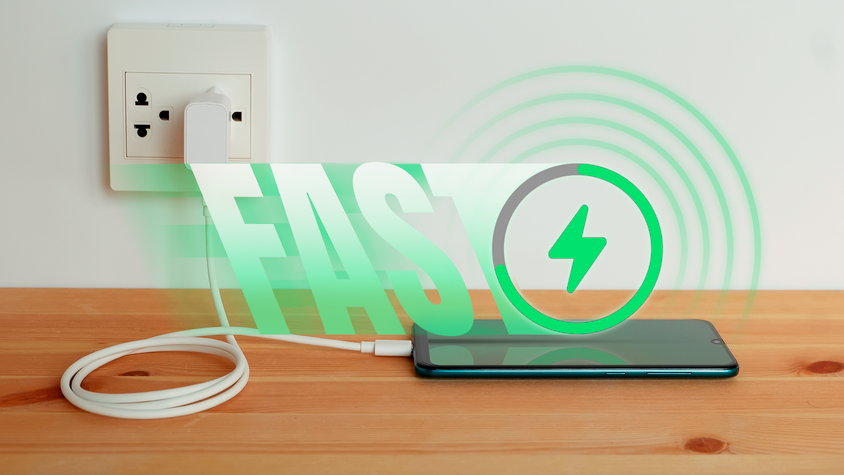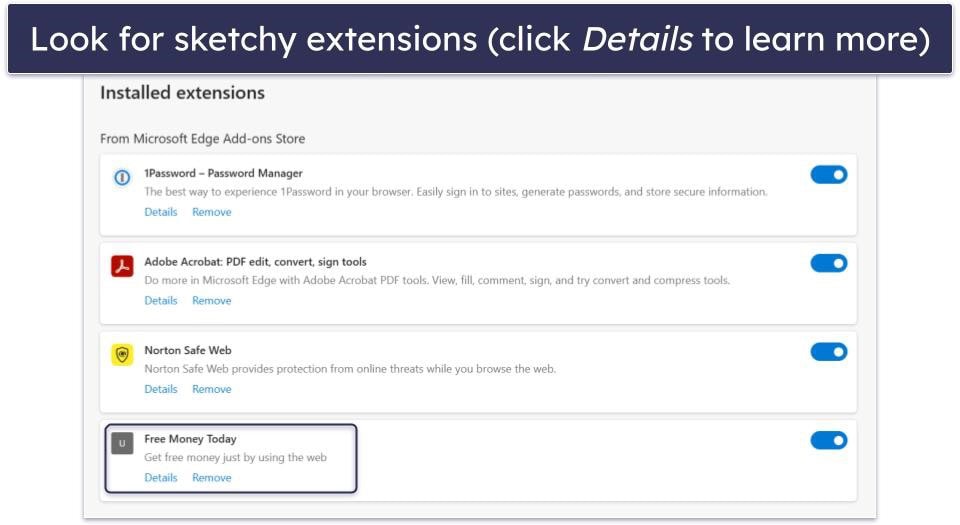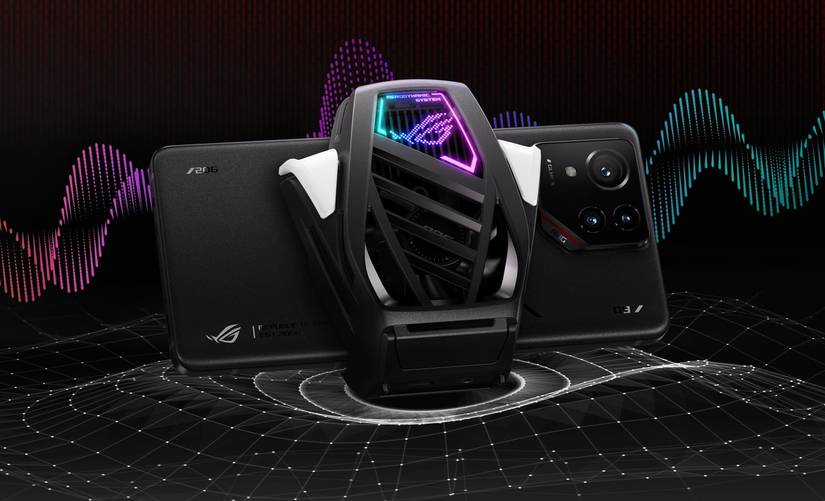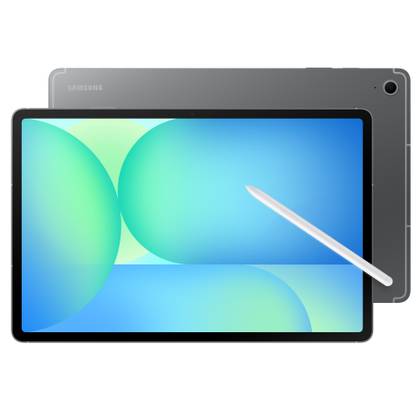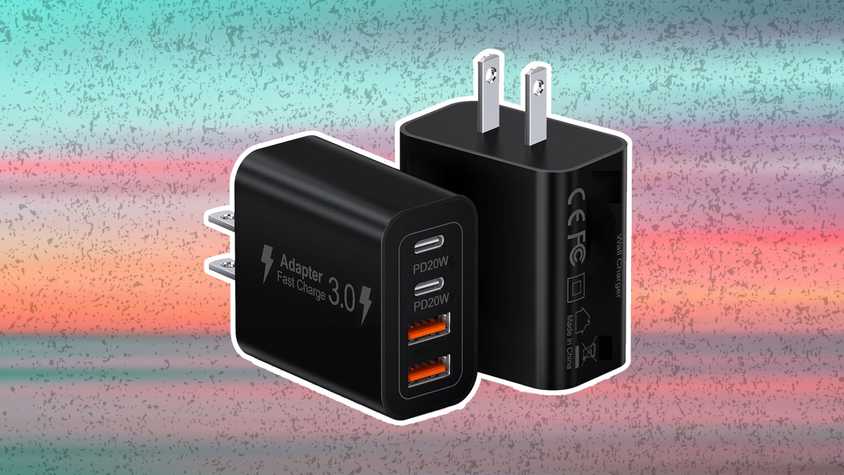As the maker of Android and its ecosystem, Google naturally offers a wide range of apps for the OS. While popular Google apps like Photos, Maps, YouTube, Gmail, and Chrome come pre-installed on most Android devices, these aren’t the only apps Google makes. There are plenty of other useful Google apps that don’t come pre-installed, even on Pixel smartphones, and are often overlooked.
But that doesn’t mean they aren’t valuable. Here are a few lesser-known Google apps that don’t come pre-installed on any Android device, but I download them every time I set up a new phone.
6
Gallery: The cleanest offline photo viewer
Lightweight, fast, and perfect for local photo management
While most Android OEMs ship with their own gallery apps — and even if not, Google mandates the installation of the Google Photos app on all smartphones — they often don’t offer a simple, user-friendly interface. Most new image viewing apps on Android are packed with heavy UI and editing tools that not everyone needs. Yes, they’re useful, but if you want a straightforward gallery experience, Google’s Gallery should be your go-to app.
The Google Gallery app is lightweight, free, and offers a no-nonsense experience. It organizes your photos into just two simple tabs: Photos and Folders, where you can view all images on the device or arrange them by folder.
While it doesn’t include advanced editing tools like Google Photos, Google Gallery still offers basic editing like cropping, rotating, and applying a few filters. You can also mark your favorite images and share them directly from the app. It sure isn’t a replacement for Google Photos, but if you want a clean, simple gallery viewer, Gallery is a solid choice.
5
Google Tasks: The simplest way to stay on top of things
No distractions, just a clean list that syncs everywhere
If you’re like me, you probably need a number of reminders set throughout the day to make sure you don’t forget things. And while there are plenty of task-management apps on Android (including many open-source ones), Google Tasks remains one of my favorites.
Google Tasks is a simple, to-the-point app that helps you get things done. You can quickly create tasks using the app’s prominent plus button and add details like notes, time, and priority. You can also create multiple lists for different types of tasks. However, the best part about Tasks is that it seamlessly integrates with the Google Calendar, so you can view all your meetings and tasks in one place.
Like other Google apps, Google Tasks offers a handy widget to view and add tasks directly from your Android home screen.
4
Google Authenticator: The one app I trust for 2FA codes
Simple, secure, and works even without internet
With the number of frauds and scams increasing every day, it’s more important than ever to protect your sensitive apps and accounts. That’s why enabling two-step verification on every account you own is crucial. While I don’t trust SMS-based codes for two-factor authentication, and there are plenty of 2FA apps out there, the one I use on Android is Google Authenticator.
Google Authenticator is free, secure, and integrates seamlessly with your Google account. It supports cloud sync — something many 2FA apps still lack — so you can access your codes on other devices if you lose your phone. Best of all, it works offline without needing an internet connection.
Google Authenticator supports most major services out there, so you can easily configure it for everything from Gmail to third-party services like ChatGPT, GitHub, and even some of your financial apps.
3
Snapseed: Still the most powerful photo editor for Android
Fast edits, pro tools, and no ads
There is no shortage of photo-editing tools on Android. In fact, Google’s own Photos app includes several built-in tools, including new AI features like Reimagine and Magic Editor, so you can tweak your images exactly to your liking. However, despite not being updated for months and lacking the latest AI enhancements, Snapseed remains one of my go-to photo-editing apps on Android.
The best part about Snapseed is that it’s completely free, with no ads or in-app purchases. The app also has a clean interface and a wide range of editing tools for both beginners and advanced users. You can do everything from applying filters to adjusting white balance, changing perspective, using the curves tool, tweaking tone, and much more.
Yes, it’s missing the AI features that many other editing apps now offer, and the UI feels dated with Google yet to update it to Material 3 Expressive. But if you’re just looking to make quick, offline edits on the go, Snapseed remains hard to beat.
2
Google Family Link: The easiest way to manage kids’ devices
Manage apps, downtime, and activity with ease
If you have kids at home and are concerned about the content they consume and how much time they spend on electronic devices, you should try the Google Family Link app. This app helps you supervise your child’s usage and overall experience on their Android or ChromeOS device.
With Family Link, you can set daily screen time limits and even remotely lock your child’s device from your phone. You can approve or block app downloads from the Play Store and set individual app time limits. Additionally, you can monitor which apps your child uses most and view their real-time location.
There are other helpful tools too, like tracking the content they watch, approving app purchases and downloads, and managing their Google account directly from your phone. It’s a great way to manage your kids’ devices without being intrusive.
1
Google NotebookLM: The most powerful research app on Android
AI-powered note-taking and research assistant
While Google has been heavily promoting Gemini lately, one of its services that’s received even more attention is NotebookLM. This is the perfect Google tool to try if you work with a lot of data and AI. Google describes it as an “AI notebook” that can assist with research, but it’s actually a powerful research assistant for managing and analyzing large data files.
You can feed NotebookLM multiple types of content, including PDFs, images, websites, and even audio files, and it processes everything smoothly (sometimes even better than the Gemini app, despite both being powered by the same LLM model). For students, you can upload large amounts of study material, and the service can generate concise summaries of everything.
But there’s more: you can ask natural language questions about your sources through an interactive Q&A interface, and take notes side-by-side. You can even turn documents into podcast-style audio conversations between two AI voices, which makes learning more engaging.
While the service was web-only until now, Google recently launched an Android app, and since then, it’s been installed on every phone I use.
Google creates some of the most practical and well-designed apps for Android
On the whole, there are plenty of lesser-known Google apps that don’t come pre-installed on your Android device but are definitely worth checking out. In fact, many pre-installed Google apps also have hidden features that fly under the radar, so take a moment to check them out.


